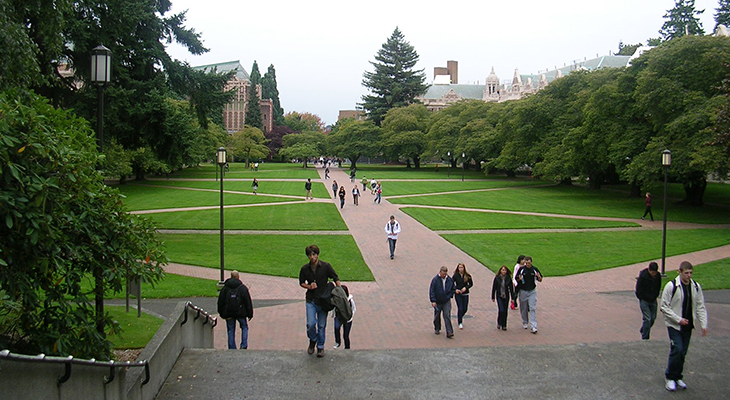Campus Emergencies, Displays and the Edison Effect
 The tragic events on college campuses in recent weeks have led to some important meetings with my customers in higher-ed. We take customer feedback seriously and use it to inform our product development strategy, and right now, I am getting some interesting direction about an unintended but potentially very valuable use of our product.
The tragic events on college campuses in recent weeks have led to some important meetings with my customers in higher-ed. We take customer feedback seriously and use it to inform our product development strategy, and right now, I am getting some interesting direction about an unintended but potentially very valuable use of our product.
In the world of science, the Edison effect refers to how electrons are able to escape a cathode into a vacuum – creating the foundation for lightbulbs, the science of thermionics and other aspects of display technology. In the world of business, it’s come to be known as something quite different: The social pattern of how inventions are initially narrow focused on one problem with limited effect, but are soon adopted by users for very different uses. It’s these second order effects that business people and socioeconomists are interested in.
I’m posting about this, because I’ve just seen an “Edison effect” first hand with our own software. Solstice is primarily focused on making conference room meetings more productive, easier and more enjoyable. We’ve approached the problem of the traditional video cable, single-source presentation model by re-thinking the way people access and manage their displays. Because wireless video is now possible, we view displays at a corporate enterprise, on a campus, or even in a sports-bar as part of your connected, networked digital infrastructure. You should be able to manage, access, connect, share, and monitor your display infrastructure – all via your Wi-Fi/Ethernet network. Great – but I just came out of a meeting where a second order effect became clear – now that Solstice manages displays across a network, why shouldn’t those displays be used for messaging throughout your environment? The conversation is a serious one given the scope of emergencies that can threaten college campuses, including the too-frequent acts of violence we’ve seen recently.
Obviously, the idea is not new; digital signage has been around a very long time. But those systems are dedicated and specialized. I’m talking about leveraging one invention (Solstice for wireless collaboration) for another purpose (centralized messaging to all your displays). We’ve already had customers who are using the customizable welcome screen to include a “message of the day” that is updated from our centralized IT dashboard. It’s exciting to watch customers exploit their display infrastructure for new use cases, and we’re going to expand this use of Solstice in a big way soon. A new messaging ticker function will be introduced into the dashboard shortly (those of you that are swapping out background images to announce cafeteria hours should be very happy soon!).
Given recent terrible events on educational campuses, I’ve become convinced that we should take this feature a step further. Working with great customers/partners, we are designing an emergency messaging capability that will allow Solstice displays to override a meeting with an emergency message. The feature will allow a user to enter a message, and “hit the override button” to display that message on any/every Solstice instance on the network, no matter what is happening in those rooms at the time. By using our existing management infrastructure, that manager could push a message to all Solstice displays on campus, or a subset. It’s a use-case that was invented by our customers, and definitely one I won’t ignore. I’m hoping that the most urgent emergency message ever needed is a “high wind warning,” but in case the need does arise, we want to make sure the capability is there to post public safety messaging in times of emergency. This is the second order effect that the socioeconomists refer to – customers leveraging a capability for something different than intended but valuable. I won’t name them here, but I want to thank those customers who’ve helped take us to interesting new areas of a product-set that is still being defined.


